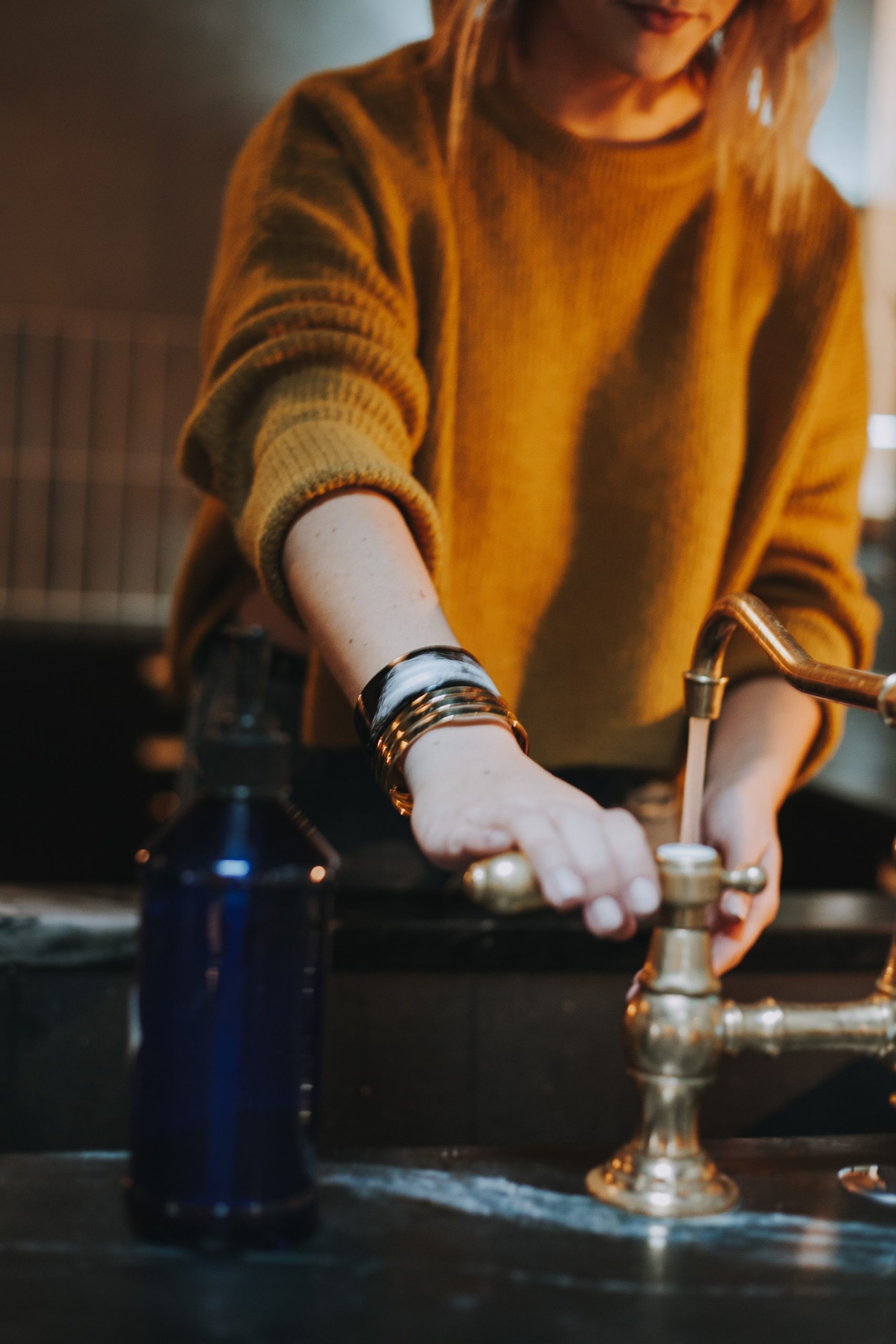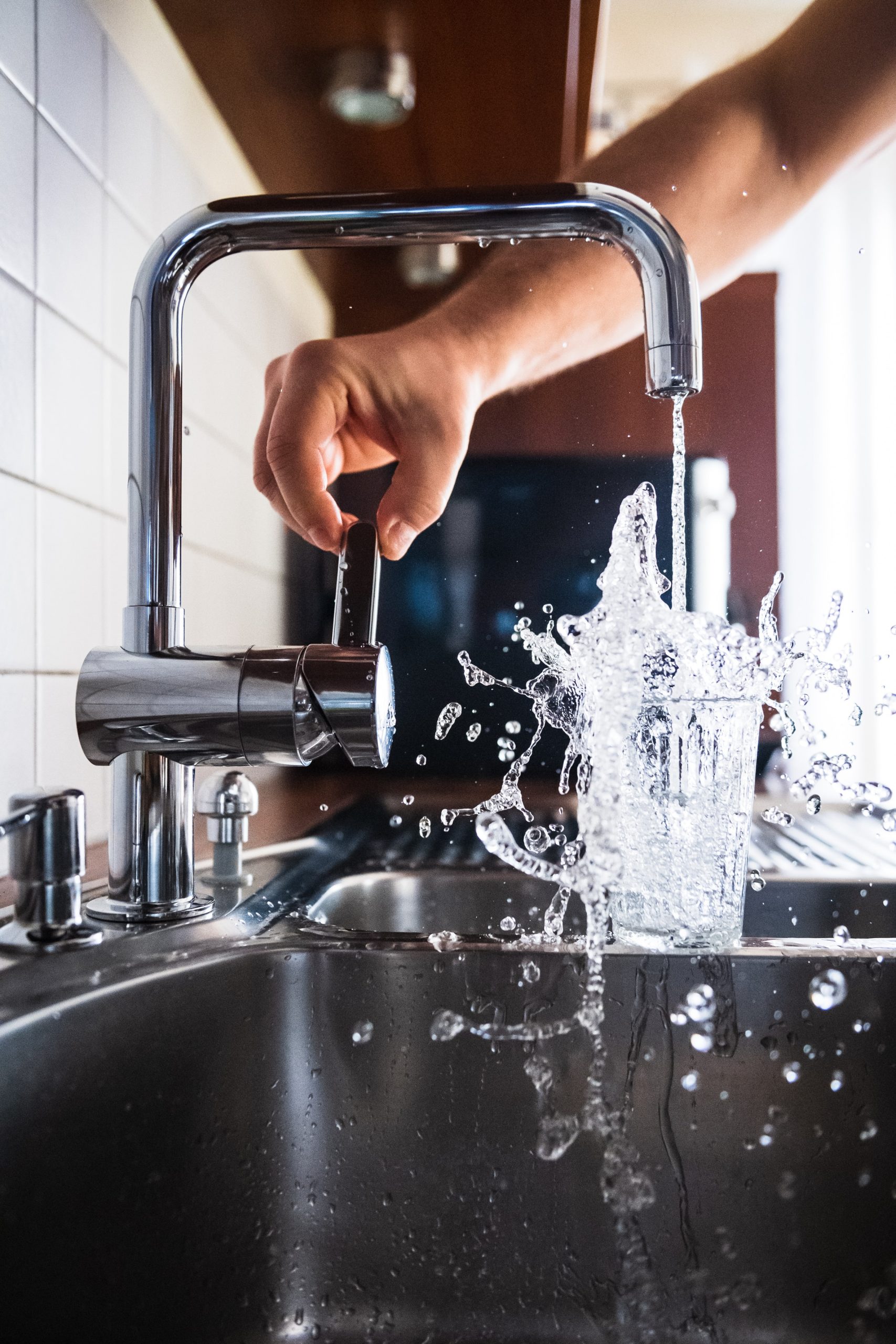Water is the essence of life, and we need it to survive. Have your kids ever asked you where tap water comes from? Or what is the difference between tap water and bottled water? Here are some things you need to know to choose which water to drink. So, without further ado, let’s dive into this blog and learn some of the things you ought to know about tap water.
1. Is tap water always safe to drink?

The water flowing from your tap comes from springs, groundwater, or wastewater treatment. It is regularly controlled throughout the United States with bacteriological analyses; their objective is to determine if there are germs. In addition, physical-chemical analyses determine whether the mineral standards are correct.
Not only nitrates are monitored, but also lead and copper to avoid poisoning. So, even if traces of chemical pollutants (nitrates, drugs…) are found, we can affirm that it is still drinkable and drink without fear. Moreover, it is forbidden to drink when it is no longer drinkable.
2. How does water get to our taps?
66% of drinking water comes from groundwater and 34% from rivers and lakes. Water collected from nature must be treated to become fit to drink. It passes through a water treatment plant, where it is cleaned of impurities and disinfected. It is then transported through pipes to the water tower, where it is stored before reaching the tap.
The treatment chains implemented by the water service operators are to make the raw water conform to quality standards to make it potable and fit for consumption. And did you know? Water is the most controlled food product by the health authorities.
3. Tap water is environmentally friendly

From an environmental point of view, if we compare tap water and bottled water, the latter has everything wrong. The manufacture of its plastic packaging generates 360 times more greenhouse gases. Then it travels an average of 300 km before reaching our tables. Finally, putting it in the garbage can generates about 150,000 tons of packaging waste per year at the national level! Drinking tap water, therefore, helps to avoid waste. It preserved the environment without packaging or plastic and was delivered at home.
4. How much water is needed per day?
Although this figure has been disputed, it is estimated that for an adult, about 1.5 liters of water per day, independently of the liquids present in food, is necessary to compensate for normal losses. For children, there are very precise quantities by age group. An infant, in proportion to its size and weight, needs three times more water than an adult.
A one-year-old child needs one liter per day, and between 4 and 13 years old, 1.7 liters. Insufficient hydration, especially in little girls, will lead to urinary tract infections. From the age of 14, her needs are the same as for adults. Pregnant women need to hydrate more, between 1.5 and 2 liters.
The most important cases of dehydration are found among seniors who do not drink enough. As they age, they lose the notion of thirst in their brain. One trick to measure what they drink daily is to buy bottled water and keep one handy. This will allow you to monitor their consumption and ensure that they are not at risk.
5. The impact of bottled water on the environment

Every minute in the world, no less than one million plastic bottles are sold, the majority of which carry water. A figure that should grow by 20% by the end of the decade. In the United States, 9.3 billion liters of bottled water are consumed each year. Our country is one of the five countries that consume the most plastic bottles, behind Mexico, Thailand (which does not have access to drinking water), Italy, and Germany.
This consumption of plastic is all the more alarming because a very small proportion of these bottles, made from petroleum, end up being recycled. The vast majority end up in the world’s oceans or landfills, often in the open air. For example, less than 7% of plastic bottles purchased in 2016 were collected and turned into new bottles.
Furthermore, it is estimated that between 5 million and 13 million tons of plastic are dumped into the oceans every year. However, the share concerning bottles alone is not specified. Nevertheless, according to the Ellen MacArthur Foundation, by 2050, there will be more plastic than fish in the world’s seas.
Looking for help?
Are you looking for an expert for steam distilled water? Then look no further than B.E. Products Pty Ltd. They are an Aussie company operating since 1920 (with over a century of experience). They are one of Australia’s leading businesses producing and supplying steam distilled water.
Their 100% purified water is suitable for a variety of purposes and applications in the domestic, commercial and industrial sectors. They distribute distilled, demineralized, and deionized water within Australia and export overseas. So, what are you waiting for? Give them a call today for more information on all their goods and services and make your dreams a reality with them.

